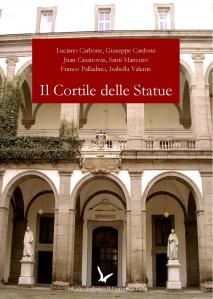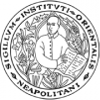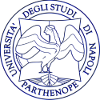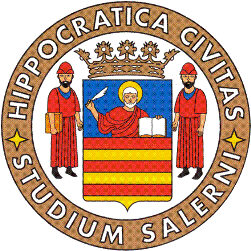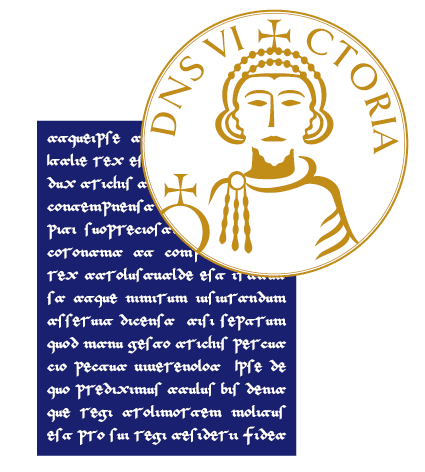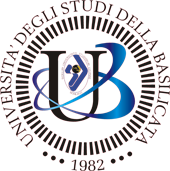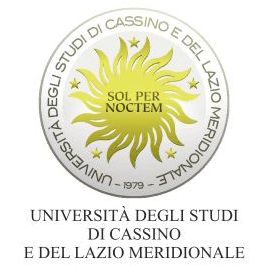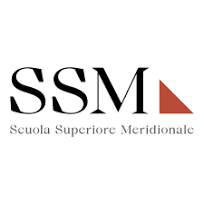Il Cortile delle Statue
Sinossi
Editore: FedOA - Federico II University Press
Collana: Fuori collana
Pagine: 85
Lingua: Italiano
NBN: http://nbn.depositolegale.it/urn:nbn:it:unina-22570
Abstract: La celebrazione del 794° anniversario della fondazione dell’ateneo fridericiano diventa un’occasione per restituire alla città uno dei suoi luoghi simbolici, il Cortile delle Statue nel chiostro monumentale del complesso del Salvatore, celebre per il sontuoso porticato in piperno, per le statue dei personaggi illustri del passato, per le meridiane settecentesche, per il grande orologio, oggi finalmente restaurato. Anni di lavori avevano impedito la piena fruizione dell’edificio che da secoli ospita una delle più straordinarie collezioni librarie antiche in Italia e che dall’Ottocento è stato teatro della crescita intellettuale di generazioni di studenti. Dopo l’Unità d’Italia fu creato nel Chiostro monumentale dell’Università un pantheon con le statue degli uomini illustri del passato e del presente, per esortare con l’esempio le nuove generazioni agli alti valori dell’etica e alla ricerca scientifica. La scelta di questa sede per festeggiare la fondazione di uno degli atenei più antichi di Europa significa raccogliere il lascito di «uno straordinario passato», per accendere, scrive Gaetano Manfredi, «in questi tempi complessi, il faro del pensiero critico nel mondo globale partendo dalle forti radici storiche».
Downloads
